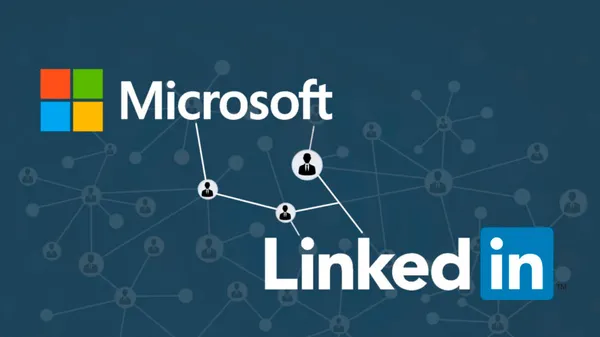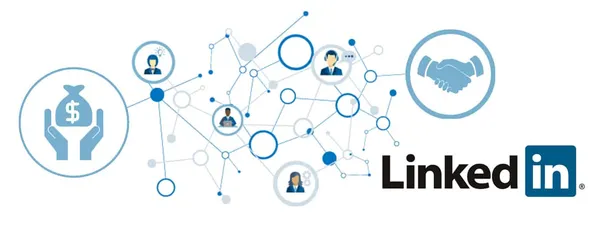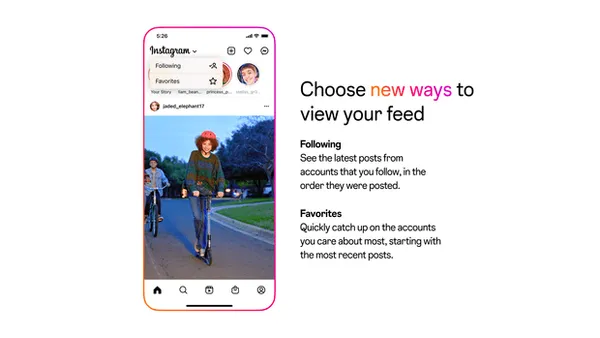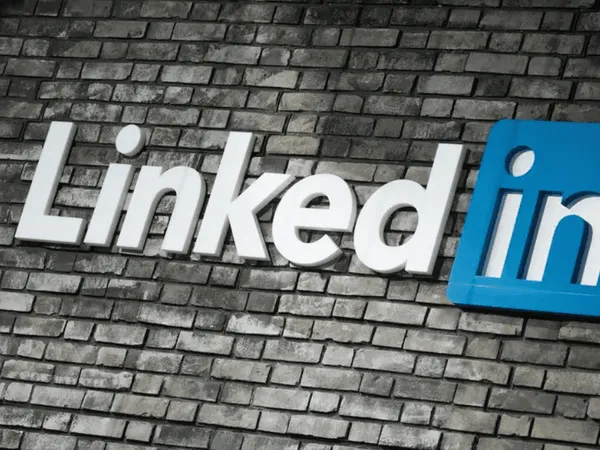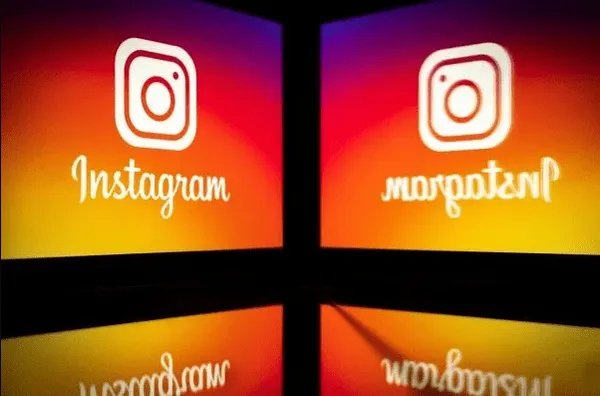
Knowledge base
February 13, 2022
How do social media algorithms work?
Did you know? No two social media platforms use the same algorithm
Every social media platform has millions of users and they have their community standards for content. Social media algorithms are made in such a way that they can easily detect worthy and unworthy content. Based on these algorithms, it is determined whether the content reaches the audience.
Before looking at some social media algorithms, let’s define and get to know their importance.
What is social media algorithm and why do they exist?
With so much content available, it has become important to prioritize it so that the users are served good content. This is where algorithms come into play.
“Social media algorithms can be defined as the mathematical rules that machine learning and attributed data points use to dictate that a user’s social media feed contains relevant content.”
Algorithms classify the user’s feed based on user relevance and interest, encouraging user interaction. Its main purpose is to filter out irrelevant content and keep the user engaged with the platform for longer. Social media algorithms are evolving every day, but their focus will always be the same, ‘providing relevant content to the users’. To keep an algorithm plugged in, you need to have interactive content. If your content can keep your audience hooked, you can use any variation of the algorithm.
How social media algorithm works on different social media?
If you are a social media marketer, surely you work on different platforms for business promotions every day. So it becomes even more important for you to understand the science behind how algorithms work. This will help you plan and create content accordingly to reach more audiences.
Here’s a look at how the algorithms work on these popular social media platforms:
Facebook page
Facebook, one of the largest social media platforms, has approximately 2.9 billion active users. For Facebook, audience engagement is one of the core priorities, so the feed is designed so that you can see posts from your friends and family and work later. People have more than 200 friends on Facebook and this platform prioritizes the content and engagement of just a few friends.
Facebook also takes relevance score into account by analyzing your activity across sessions. Your activity on Facebook determines the ads and posts that appear in your feed. In addition, Facebook also conducts a survey to determine your interests in video content. Based on this survey, the algorithm recommends videos in your feed.
Your involvement in various posts is what enables Facebook’s algorithm to determine your area of interest. And based on your engagement, it shares and provides you with the content on your feed.
Twitter’s algorithm is similar to Facebook. However, the main signal depends on recency, engagement and your activity on the platform. Like Facebook’s algorithm, Twitter records and analyzes your data. It then suggests tweets with the highest engagement rate. It also searches for rich media content. Using media like Gifs, videos, images can help. In this way, the algorithm can increase your engagement.
If you plan on using Twitter for your business, make sure to post relevant content, stay consistent, and drive engagement through your posts.
Along with Twitter and Facebook, Instagram has gradually emerged as one of the major social media platforms. That’s the reason; many companies actively use this platform to showcase their products and services.
Using machine learning, Instagram’s algorithm tries to understand the user’s past behavior and creates the feed based on your interests and the people you follow. Frequency is another important factor that will determine your reach among your audiences. The more consistent you are, the more engagement your content is likely to receive.
Instagram also collects data from the comments, likes, shares and saves options and uses this data to shape your likes and dislikes. The algorithm further uses this data to rank content on your feed and also suggests similar content on the ‘explore’ page.

LinkedIn is a platform dedicated to creating networks rather than followers. It is a professional site where companies build reputations and help people find suitable jobs. That’s why LinkedIn’s algorithm focuses more on making connections. This is why users on this platform can view posts from people they aren’t even connected to if anyone of their connections has liked those posts.
To rank your posts on LinkedIn, build your network by connecting with relevant people and use analytics to find out which content is working and which isn’t.
YouTube
YouTube is a video platform and you can find videos ranging from entertainment to information. Since it is owned by Google, you will notice similarities in YouTube’s algorithm. It ranks the videos in the same way that Google ranks the content on the search engine.
YouTube also suggests content based on your behavioral patterns. Your interactions and engagement with the videos help YouTube’s algorithm to recommend videos.
Source: marketingwire
Want to know more?
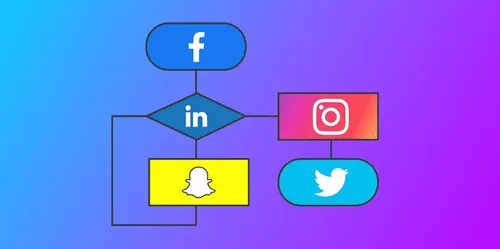
Related
blogs
Tech Updates: Microsoft 365, Azure, Cybersecurity & AI – Weekly in Your Mailbox.

